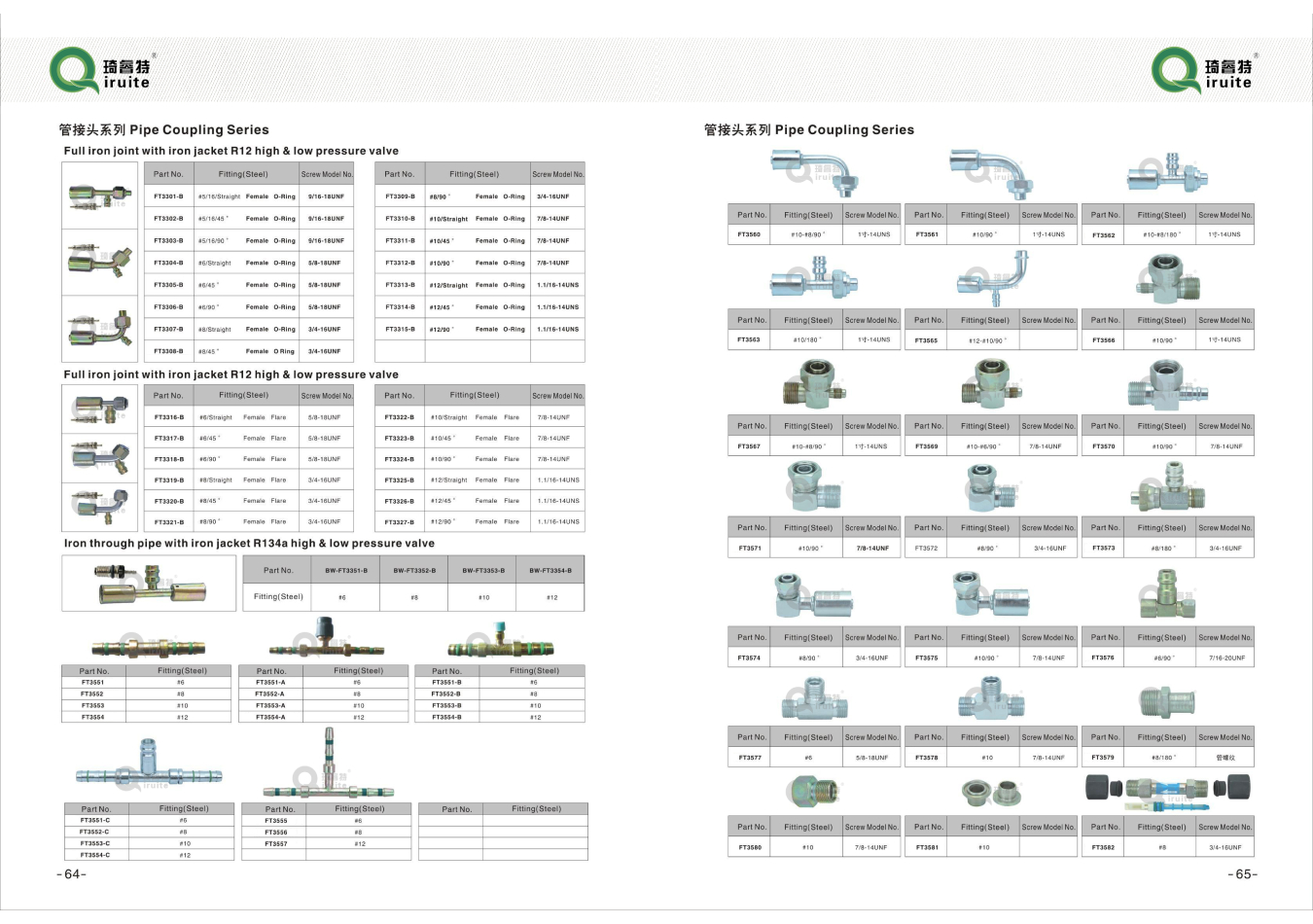power steering hose connector
Understanding Power Steering Hose Connectors The Unsung Heroes of Your Vehicle's Steering System
When we think about vehicle maintenance and performance, certain components immediately come to mind—like the engine, transmission, or brakes. However, an equally crucial but often overlooked component is the power steering hose connector. These small yet vital parts play a significant role in ensuring smooth and responsive steering.
What is a Power Steering Hose Connector?
A power steering hose connector serves as a link between the power steering pump and the steering gear or rack. It is responsible for carrying hydraulic fluid, which helps facilitate the steering mechanism. The connector is designed to withstand high pressures generated by the power steering system, ensuring efficient fluid transfer while maintaining structural integrity.
Why Are They Important?
The power steering system functions by using hydraulic force to assist the driver in steering the vehicle. The efficiency and responsiveness of this system depend significantly on the condition of the hose connectors. If a connector fails or becomes damaged, it can lead to fluid leaks, reduced steering response, and ultimately compromise driving safety. A malfunctioning connector can result in increased steering effort, making it hard to control the vehicle, particularly at low speeds or during sharp turns.
Common Signs of Issues
power steering hose connector

Vehicle owners should be aware of various signs that may indicate a problem with their power steering hose connectors. These can include
- Fluid Leaks If you notice red or brown fluid pooling under your vehicle, it could indicate a leak caused by a damaged connector. - Steering Difficulty If you experience increased resistance while steering, especially when turning, it might be time to inspect the power steering system. - Unusual Noises Whining or groaning noises when you turn the steering wheel can suggest issues with fluid flow, possibly stemming from a faulty hose connector.
Maintenance and Replacement
Regular maintenance of your vehicle's power steering system can help prolong the life of hose connectors. This includes checking fluid levels, inspecting hoses and connectors for signs of wear, and replacing them as needed. If a connector shows signs of damage, it is crucial to replace it promptly to avoid further complications.
Choosing quality replacement parts is vital for ensuring the longevity and performance of your power steering system. OEM (Original Equipment Manufacturer) parts are often recommended, as they are designed to meet the specific standards of your vehicle.
Conclusion
While the power steering hose connector may not be the most glamorous component of your vehicle, it plays a pivotal role in ensuring safe and easy maneuverability. Regular inspection and maintenance can help you avoid costly repairs and keep your steering system functioning efficiently. By paying attention to the signs of wear and promptly addressing any issues, you can enhance your driving experience and ensure the longevity of your vehicle's power steering system.
-
Ultimate Spiral Protection for Hoses & CablesNewsJun.26,2025
-
The Ultimate Quick-Connect Solutions for Every NeedNewsJun.26,2025
-
SAE J1401 Brake Hose: Reliable Choice for Safe BrakingNewsJun.26,2025
-
Reliable J2064 A/C Hoses for Real-World Cooling NeedsNewsJun.26,2025
-
Heavy-Duty Sewer Jetting Hoses Built to LastNewsJun.26,2025
-
Fix Power Steering Tube Leaks Fast – Durable & Affordable SolutionNewsJun.26,2025

